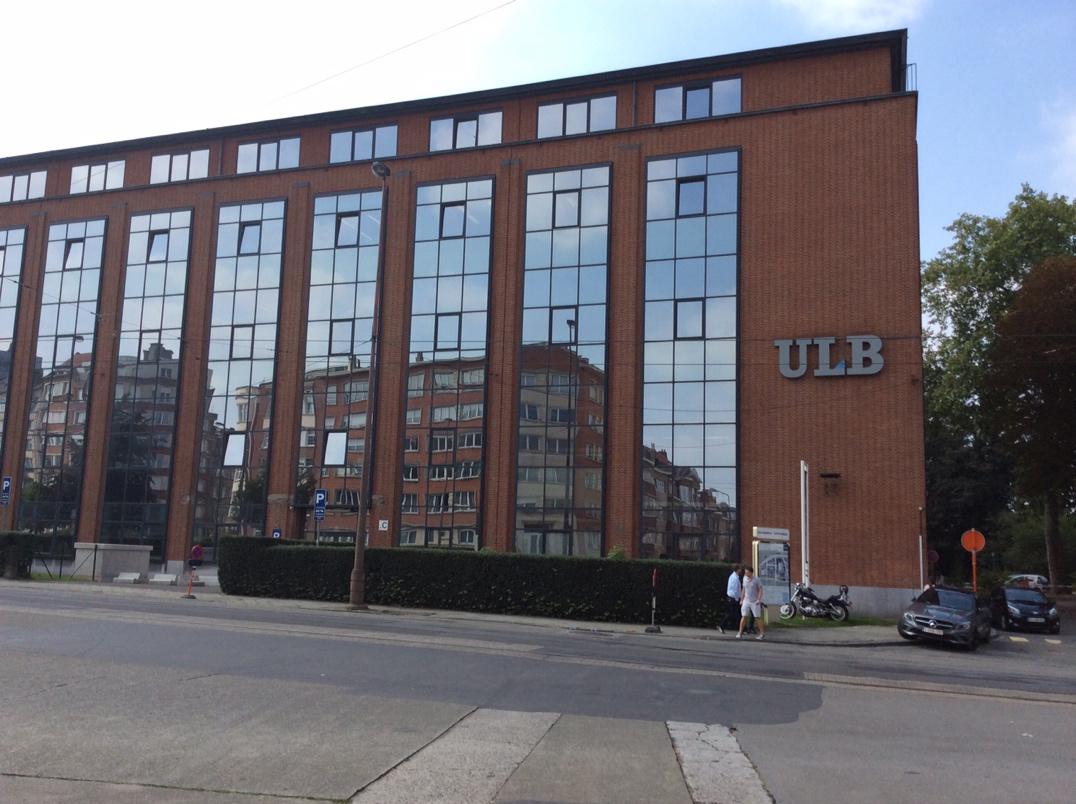
OPERA-photonics
The OPERA-photonics group hosts a state-of-the-art optics laboratory well equipped to work in the near and short-wave infrared (from 700 up to 2300 nm).
It has multiple laser sources (CW and pulsed mode locked) and fibre amplifiers, devices for the temporal, spectral and spatial analysis of laser beams, and for the manipulation of optical and electrical signals with, amongst others: Detectors up to 60 GHz that can be coupled to 50GS/s oscilloscopes or to spectrum analysers; Amplitude and phase high frequency optical modulator (10-40GHz); Autocorrelators covering the picosecond and femtosecond ranges, around 800 nm, 1550 nm and 2200 nm, with FROG capabilities around 800 nm and 1550 nm; Optical spectrum analysers covering the wavelength range 650–‒2600 nm; PM fibre splicer and material to couple light in and out of guiding structures such as fibres or photonic nanowires.
A multiphoton-microscope working around 800 nm is also available.The quantum optics capability include cryogenically cooled superconducting detectors, single photon avalanche photodiodes, photon pair sources, and time tagging electronics.
Photonics Lab
Description :
- A well-equipped optical laboratory with laser sources, analysis and fast electronic devices.
- The lab contains 5 rooms equipped with optical tables.
- Sources include two Ti:Sapphire laser, working in the fs or ps range, one OPO laser covering wavelengths from 1.2 to 2.5 µm, and fiber lasers working in CW or in the ps range in the C-band.
- Temporal, spectral and spatial analysis of the laser beams are possible. Detectors up to 60 GHz are available. They can be coupled to 50GS/s oscilloscope or to spectrum analyzers. The optical spectrum analysers covers the wavelength range from 650 nm to 2600 nm while autocorrelators cover the ps and fs ranges, around 800 nm, 1550nm and 2200 nm, with FROG capabilities around 800 nm and 1550nm.
- A multiphoton-microscope working around 800 nm, amplitude and phase modulators in the C-band, arbitrary waveform generator, PM fiber splicer and material to couple light in and out of guiding structures such as fibers or photonic nanowires are also available.
Contacts :
Campus du Solbosch - CP 194/05
Avenue F.D. Roosevelt, 50
1050 Bruxelles
Campus du Solbosch - CP 194/05
Avenue F.D. Roosevelt, 50
1050 Bruxelles
